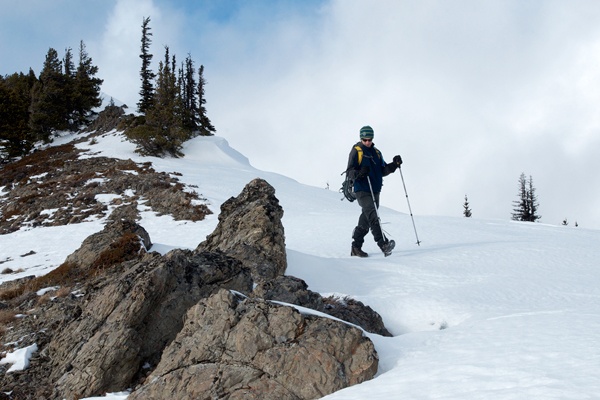After four months of life in Sequim, a look back at what the area has to offer and what it could do better
In my four months on the peninsula, I’ve spent time snowshoeing, hiking, sea kayaking and scuba diving, and I feel that I’ve only scratched the surface of the recreation opportunities here.
I’ve had fantastic experiences, whether it’s 80 feet below sea level or 6,000 feet above it.
Some of my favorite adventures have been summiting Deer Ridge and Storm King, where I watched lush green rain forest progressively give way to more alpine trees and chaparral. Few things are as fun as hiking along a shaley mountain slope and seeing the sweeping panoramas of the southern Bailey range, or cresting a ridge to see all of Lake Crescent laid out before me.
Diving on the peninsula is also an undiscovered gem of the area, with famous wrecks and dives for the experienced and new alike. Having been out of the water for the better part of a year, I needed a good place to refresh my skills and sites like Lake Crescent and the Port Angeles Bay allowed me to do so in a controlled environment with more charm than a pool. At the same time, dives like the Diamond Knot and Salt Creek remain intriguing future sites.
But what I’ve noticed more than anything else is how difficult it is to access some of these areas, whether it’s from regulations prohibiting me from diving in Lake Crescent or simply poor connections with local hikers to point me toward new trails. For an area so surrounded by the outdoors, there’s a severe lack of effort to market these opportunities to locals and visitors alike.
The Olympics shouldn’t be hoarded, but celebrated with other adventurers. The outdoors exposition planned for next year in Sequim is a step in the right direction, but the community can do much more over the next eight months to publicize the area and bring outdoor tourism to the Olympics.
Imagine Sequim with a few outdoor stores ready to provide visitors with expertise and pre-trip information about prime locations and times. If the city develops this industry responsibly, it can avoid the tourist crowds that plague heavily used resorts but still draw interested adventurers to the area.
There’s an understandable desire to keep the city’s “small-town charm.” But that shouldn’t come to the point of discouraging perfectly viable, low-impact stores that would help sell the activities of the area, whether it’s backcountry horsemanship, long day hiking, mountain climbing or fly fishing.
There’s a ton to do around the Olympics, but Sequim is shooting itself in the foot by failing to market its incredible natural assets as a tourist area and encourage more outdoor outfitters to set up shop in town.
The small-town atmosphere of Sequim is unsustainable without some kind of small-town industry and fewer businesses are friendlier to small mountain towns than outdoors stores.
Reach Ross Coyle at rcoyle@sequimgazette.com.



